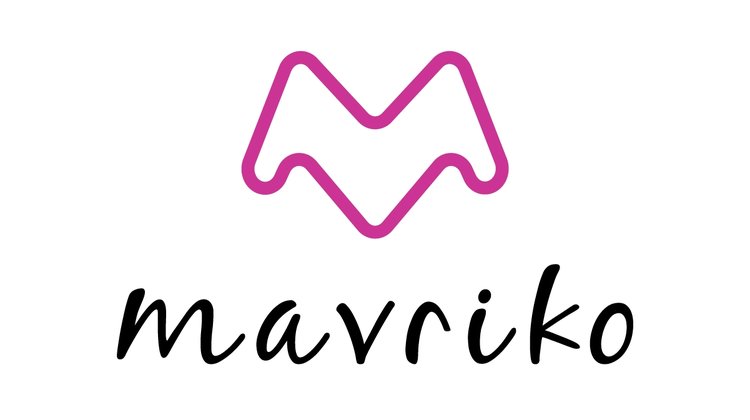Ranking on page 1 of Google can help a business leap ahead of the competition, but it’s not easy ...
You may have executed the SEO basics, built content over time, and launched a new mobile friendly website, but still don't rank as high as you would like for your prime keywords.
Hopefully, you have done these things well:
Defined your target audience and their interests
Created Categories of Keywords
Identified gaps and opportunities on your site
Researched & Learned from your competition
Customized your efforts for your situation
Awesome. That's a fine start which might be enough to rank well in a niche local market.
But, what if your rank is still subpar?
If you believe you’ve done a great job with SEO Fundamentals, then these are your next steps:
Ensure proper Indexing and accessibility
Optimize Site Speed & Performance
Create semantic appropriate search terms
Write content for long tail keywords
Build link backs with great content that is worth linking to
Optimize for multiple search verticals - image, local search, etc...
Phew, yes indeed, that’s a lot of work and much more than most businesses might ever tackle...
but, there are a few more things you can try.
Upgrade to HTTPS and/or HTTP/2
Google rewards sites with HTTPS, and it’s considered a best practice, so it can’t hurt to make the switch. You might even try switching to HTTP/2, which may increase site speed and rankings.
Double down on a mobile first approach
Write content that is mobile friendly. Ensure that your site is not only responsive to different screen sizes, but that the content is laid out on page in a way that allows it to appear clean and uncluttered.
For example, a 3 photo horizontal layout may line up well on a desktop (Figure 1), but will look less desirable as 2 photos stacked on top of 1 in a smaller screen (Figure 2).
Don't assume that your responsive site will ensure proper design - you must refine each page of content.
Figure 1
Figure 2
Hone in on Technical SEO
These are the parts of your site that help assist search engine spiders to crawl your content, checking for: site speed, mobile friendliness, and HTML/XML sitemaps.
Tend to your Structured Data
Structured data explains to a search engine what everything on your site means.
Google’s Structured Data Markup Helper will easily guide you.
Reduce Duplicate Content
If you have multiple URLS pointing to the same page, it could be considered a duplicate and you may be penalized.
To avoid this, you need to create a canonical tag to tell the search engine that you have a preferred URL for a post, but there may be others which should not be considered duplicates. Again, Google will help you.
Additionally, Here is what Google recommends:
Use 301s
Be consistent
Use top-level domains
Syndicate carefully
Use Search Console to tell us how you prefer your site to be indexed:
Minimize boilerplate repetition
Avoid publishing stubs
Understand your content management system
Minimize similar content
If you’re struggling with SEO, try these techniques, and...
If you need assistance, please send a note or call today!
We'd love to help you.
Mavriko Marketing provides marketing expertise without the inflated fees.
Specializing in Strategy, Planning and Design, we help you Make Your Move™.




